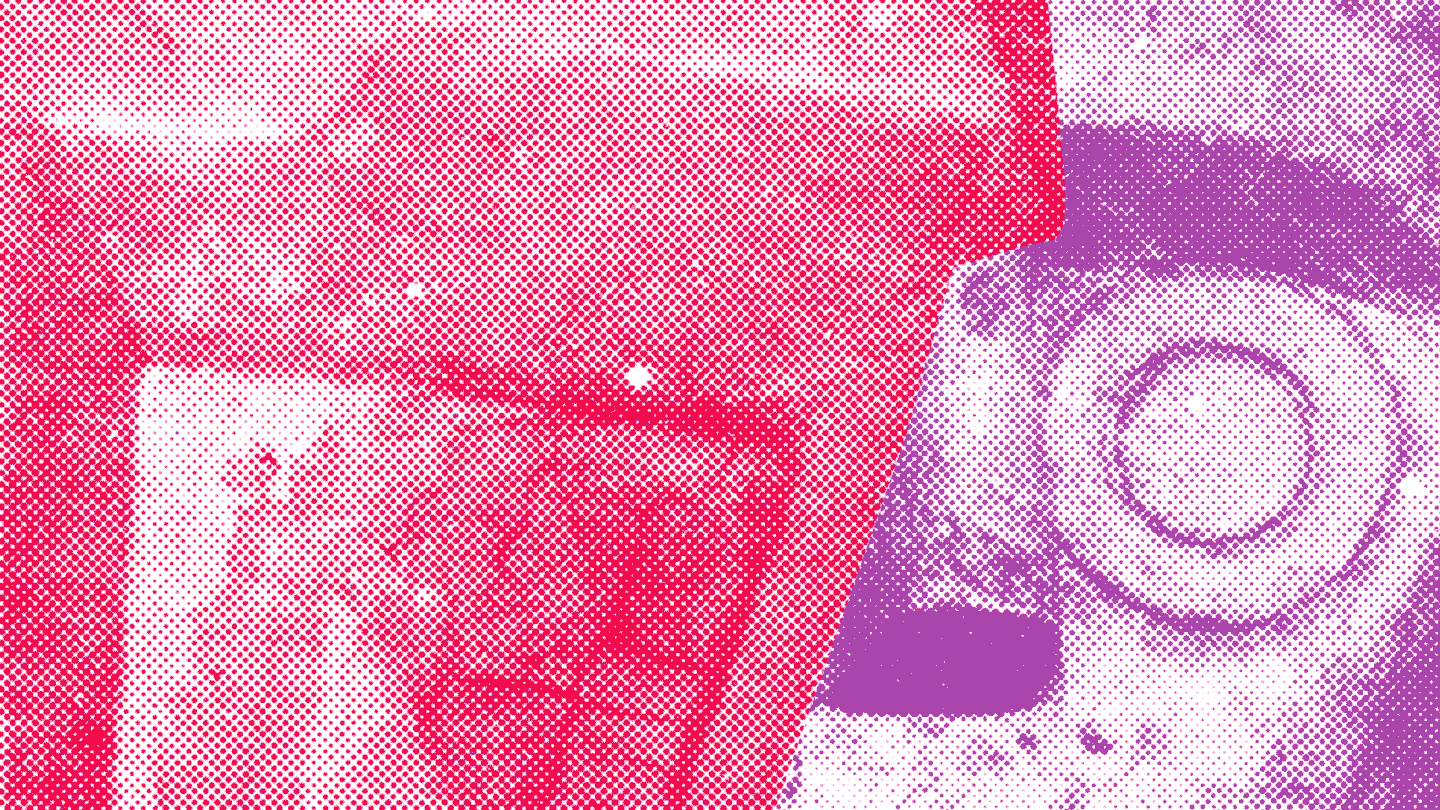November 30, 2024–March 23, 2025
Curated by Giuliana Altea, Antonella Camarda, Luca Cheri, and Carl Stein.
The Mont’e Prama Foundation and the Nivola Foundation are pleased to announce the first exhibition to explore the connection between Costantino Nivola’s art and the Prehistory of Sardinia. This engaging exhibition showcases a comparison between masterpieces of Eneolithic and Nuragic sculpture and architecture, alongside significant works by Nivola. For the first time, it reconstructs the relationship between Nivola and Prehistory, presenting the artist’s sculptures alongside the sources that inspired him, thanks to a series of important loans from public and private collections.
The title of the exhibition alludes to the medieval aphorism according to which we are, compared to the ancients, like dwarves on the shoulders of giants, and to the actual Giants of Mont’e Prama, monumental Nuragic statues found close to Cabras, Sardinia, highlighting the inspiration that Costantino Nivola (Orani 1911–Long Island 1988) drew from the anonymous masters of Sardinian Prehistory.
Nivola—an anti-fascist exile in the United States since 1939—began making sculptures in 1950 in an international cultural climate that, after the destruction of the war, looked to Prehistory as a source of a possible renewal of civilisation, a mirror of modern man’s anguish, but also evoking a positive idea of spirituality and community bonds in contrast with modern materialism, individualism, and dehumanised science.
Nivola returned to Sardinia for the first time in 1947. Back in New York, in contact with Jackson Pollock and the artists of the New York School and following the crucial meeting with Le Corbusier, the artist discovered sculpture. In 1950, his first sandcasts were born (plaster or cement sculptures made with sand moulds), which blend elements of Surrealism (Nivola looks to artists such as Ernst and Giacometti) with Sardinian folklore and especially the memory of Neolithic female figurines such as the so-called Venus of Senorbì and the Mother Goddess of Porto Ferro.
In 1953, struck by the Nuragic civilisation, Nivola transformed the luxurious Olivetti showroom on the Fifth Avenue into a sort of cave populated by mythical figures no less mysterious than those of Lascaux, full of specific references to the pre-Nuragic and Nuragic civilisations of Sardinia. In the following years and until the end of his life, Prehistory would have remained a constant reference and a perennial stimulus for his research.
Born from the scientific collaboration between the art historians Giuliana Altea and Antonella Camarda, the prehistoric archaeologists Luca Cheri and Anna Depalmas, and Carl Stein, architect and former collaborator of Nivola, and enhanced by multimedia installations curated by the Visual Computing Group of CRS4, the exhibition presents a unique opportunity to explore the link between Nivola and Sardinia.
The Mont’e Prama Foundation was established in July 2021 by the Ministry of Culture, the Autonomous Region of Sardinia, and the Municipality of Cabras to protect, research and conserve the cultural heritage of the archaeological areas of Tharros and Mont’e Prama, the hypogeum and the church of San Salvatore, the Spanish tower and the church of San Giovanni di Sinis. It manages the Civic Museum of Cabras, where it recently inaugurated a new exhibition on the Giants of Mont’e Prama. In 2023, it displayed one of the Giants of Mont’e Prama at the Metropolitan Museum of Arts in New York, now on view at the National Archaeological Museum of Madrid until January 12, 2025.
The Nivola Foundation is a non-profit cultural institution dedicated to promoting Costantino Nivola’s artistic and human legacy, supporting contemporary art in all its forms, and contributing to Sardinia’s cultural and social development. It manages the Nivola Museum - the most important European collection of works by Costantino Nivola (Orani, 1911—East Hampton, 1988) - and organises exhibitions dedicated to contemporary art, focusing on design, sculpture, and the relationship between the arts, humans and the environment. It also carries out a program of public events, educational activities and research, acting as a cultural force oriented towards innovation and social promotion in the centre of the Mediterranean.

